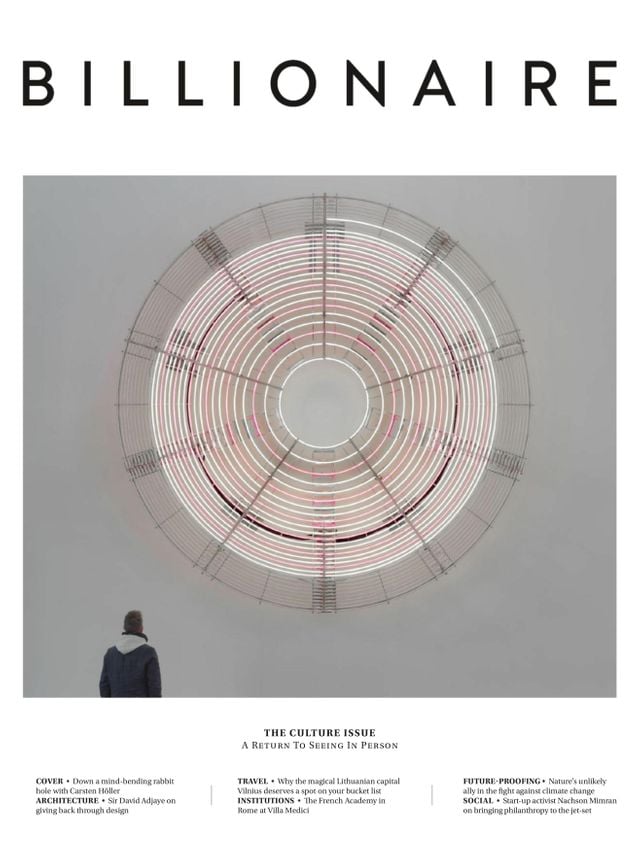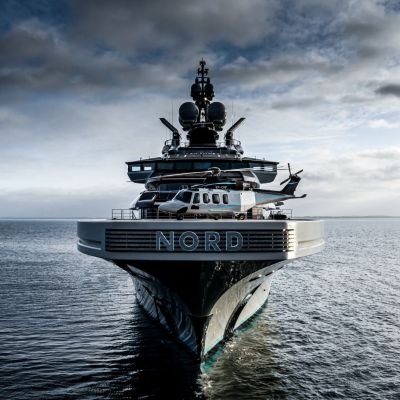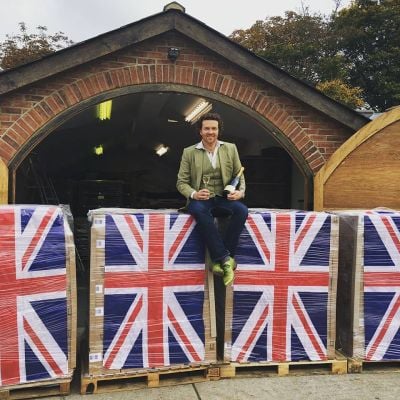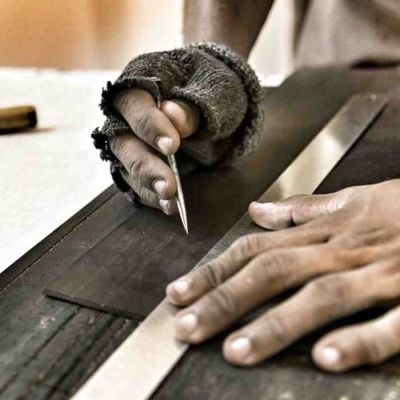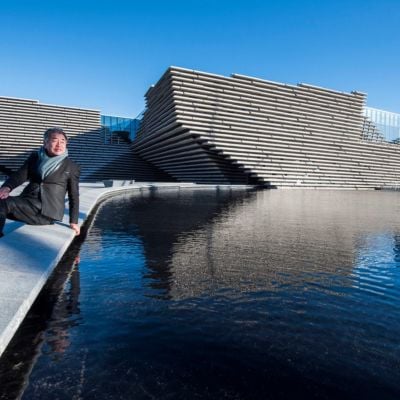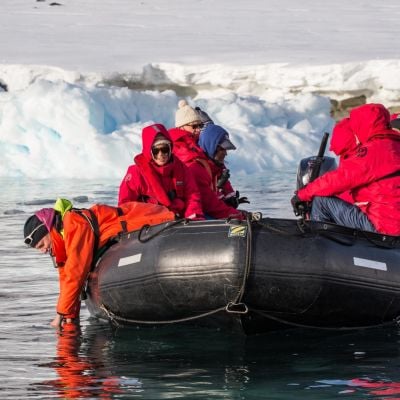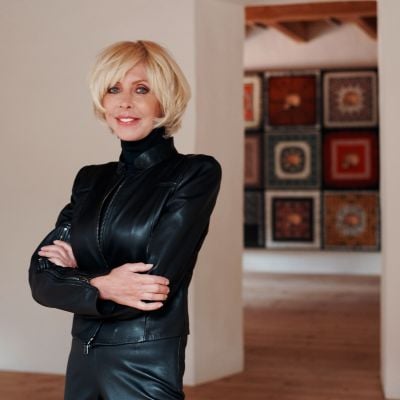OPINION: Art In A Digital World
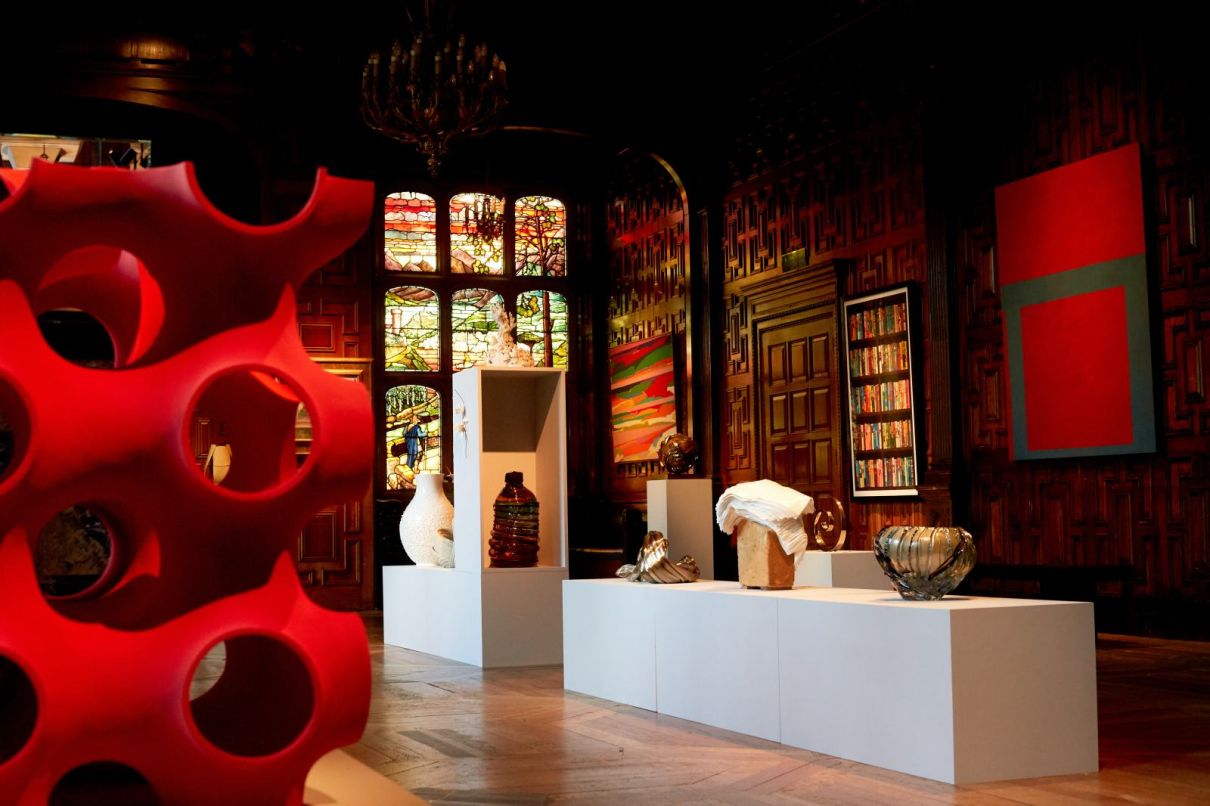
Art advisor and curator Nazy Vassegh weighs in on the value of art in our lives.
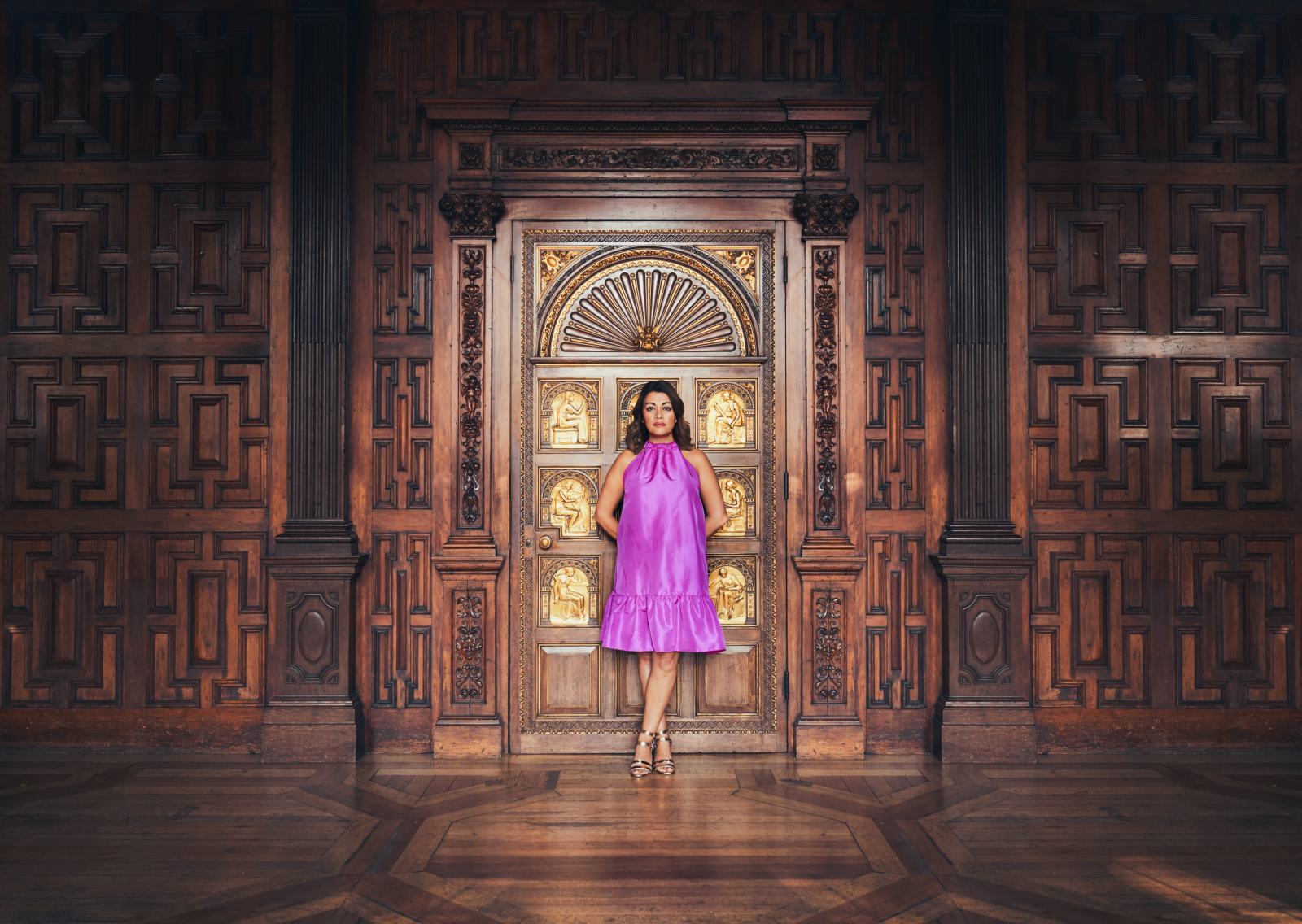
The past years have made many of us remember the important role that culture plays in stimulating our happiness and well-being. With museums closed, concert halls empty and gallery lights turned off, we have been starved of much of our traditional cultural consumption.
For me, as for many, it has served as a reminder, by its very absence, of just how much joy art brings to my life. It makes me think, it makes me wonder, it makes me marvel and, when it is not in my life, I feel I am living an existence that is somehow dumbed down.
For sure, friends and family, food and nature have become more central to our consciousness and for that I feel blessed. As someone, however, who has viewed art in real life on a near daily basis for over 30 years I felt that something was missing.
How has it been for artists? Many artists used their commercial success to raise money. Harland Miller’s Who Cares Wins edition raised £1.25 million for the UK’s National Health Service in the midst of the pandemic. Some areas have flourished. Artists without gallery representation have taken the market into their own hands through projects such as #artistsupportpledge, a scheme where artists post original works for sale on Instagram then reinvest 20 percent of the money received in buying works from other artists.
Many artists have secured a hugely needed income stream and, in so doing, supported other artists. An easy and efficient new marketplace has been born with affordable, original works of art arriving through letterboxes around the world, often purchased for just a few hundred pounds.
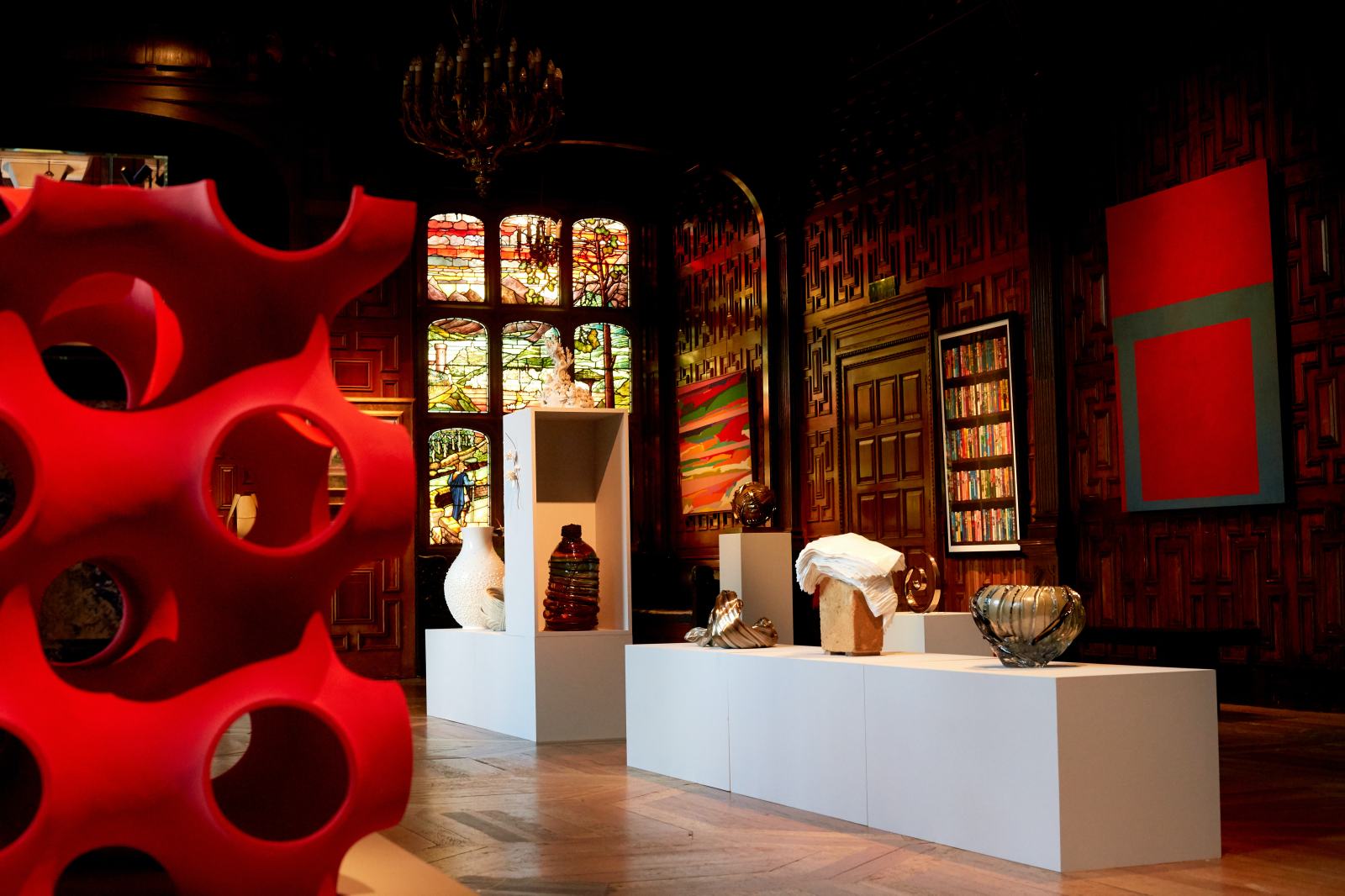
In a return to old school, pre-art fair times, dealers and gallerists found the time to call clients again. And many said to me that the whole experience nudged them towards reconsidering their approach to selling art. Surprisingly, for an industry where dog often eats dog, many initiatives showed that it may be stronger as a community. The auction houses stepped in to host and promote independent art fairs and large galleries hosted smaller names in collaborative digital viewing rooms.
We accept that digital is here to stay. Although nothing will replace the experience of being in front of a great work of art in real life, the build-up to that experience may be largely taking place in the future in a digital world. Non-fungible tokens (NFTs) introduce a whole new world of art that only exists in the digital world. Virtual reality (VR) and enhanced realities may even get us close to the real thing one day, for good or for bad.
As life returns to whatever the new normal might be, I suppose the biggest question is whether anything will have changed?
Art advisor and curator Nazy Vassegh and her team recently launched the inaugural live edition of Eye of the Collector in London — a new fair for a new era, without booths and offering a tightly curated presentation of 200 pieces of art and design spanning 6,000 years.

